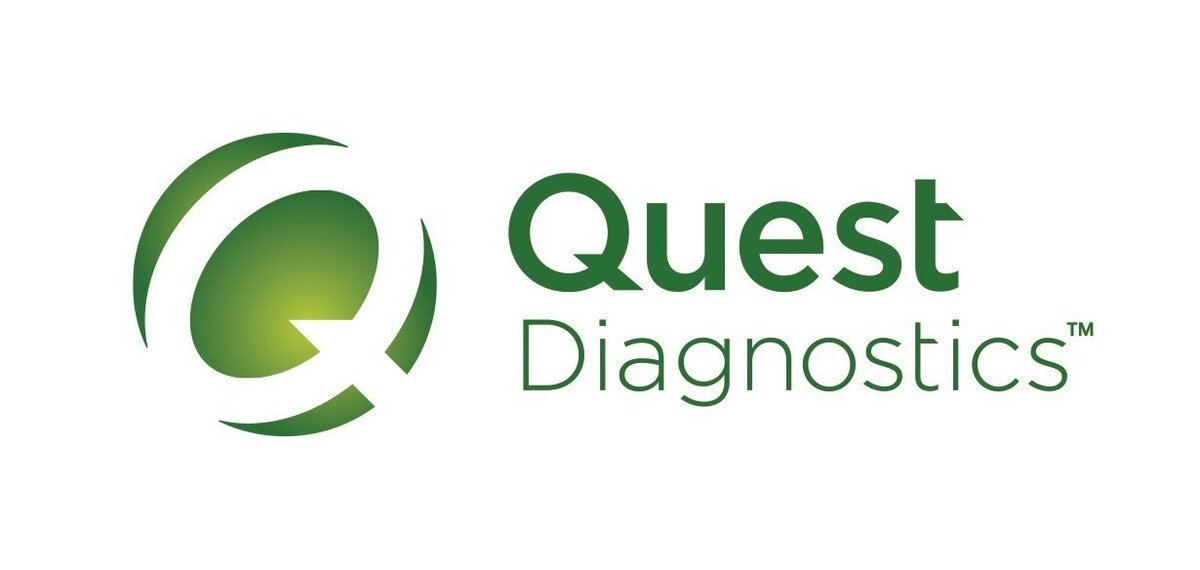quest diagnostics
My Role:
I was brought on as a contractor to tackle some of the user experience problems they were having at Quest.
I worked with a Product Team that consisted of Product Owners, Business Analysts, Marketers, Front-end Developers and other supporting Designers.
The Problem:
Call Volume has skyrocketed since Covid-19 happened. 45% of the calls are about users asking where in the process their test is in and when their result will come back. Their call centers needed to find a way to direct phone traffic into an online user experience.
The Solution:
Our solution was to create a way for users to not only see the status of their test, but also allow them to track their specimen. This will be split into two different phases. Due to technical restraints and development sprints, phase 1 will allow the user to see the status of their test. Phase 2 will implement the tracker function.
Phase 1
Users will now be able to see a status of their test and what part of the process their sample is in.
In Phase 2 we will implement the actual tracking function. Nonetheless Phase 1 will only include the status of the test, when we tested our designs, we included the tracking functions just so we can get a head of the discovery stage before Phase 2.
Discovery and User Testing:
Tested Responsive Web:
In the discovery stage, we conducted some web responsive user testing sessions to find more information. Before showing any screens, we asked users where they would expect to go to see their results from the lab.
Does the user go to the “Orders” tab?
Does the user go to the “Results” tab?
Do users want a separate “recent events” section?
Or maybe users want results to be on “Activity”?
Tested Responsive Mobile:
After testing the web UI, we wanted to see if there was any difference in the feedback when testing on a mobile device.
Would the users go to the “results” tab?
Would the users go to the “profile” tab and look there?
Would the users go to the “Add” button and look there?
After finding out users expect to find their results in the “results” tab, we asked users which way of presenting the information they preferred.
Results page will have 2 tabs, Pending Orders and Available Results
Page will have all results listed and will contain the status on the test card
Since phase 1 does not include the order tracking function, we still wanted to test our idea of allowing the user to see the status of their test without having to actually track it in real time.
We added a status function where the user would hover over it on desktop, a message would show what part of the process it is currently in.
We received promising feedback from this test in order to proceed with Phase 1.
Responsiveness:
Keeping in mind this is a responsive web app and needed to be updated for Mobile and Tablet view.
Results:
Calls are already down by 9% since the small update.
Users can successfully now see a status for their order.
When hovered over, explanation of status will present itself
Responsive
Improving on UI:
Currently, the design system that Quest uses is similar to more of a 90’s aesthetic. The design contains a lot of information, clutters the users view.
Above is an example where I consolidate the UI to a more user centered based design that improves usability and won’t scare the user with tons of information.
Phase 2
Will include the live tracking function.
Users will now be able to see where in the process their sample is in. If they took an at home Covid test or they took an in person Covid test, the user can now see exactly what part of the cycle it is in. If it’s still in shipment, if the lab received it, or if it has been produced.
Projected Results from Phase 2:
Calls should continue to go down by 22%.
Users should now see a status and a tracking function
